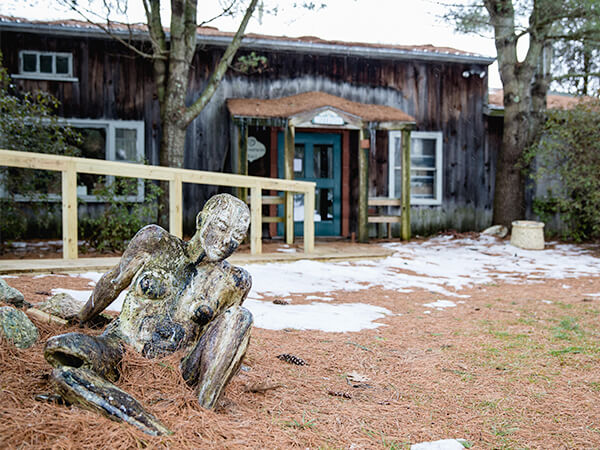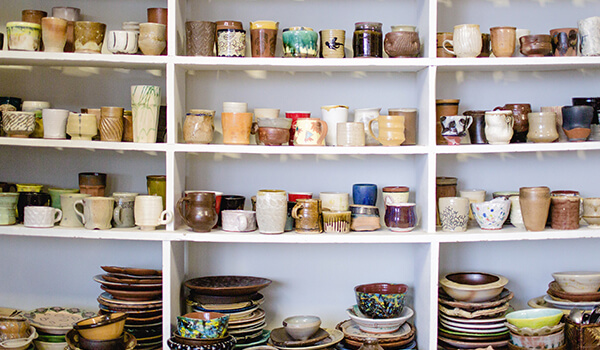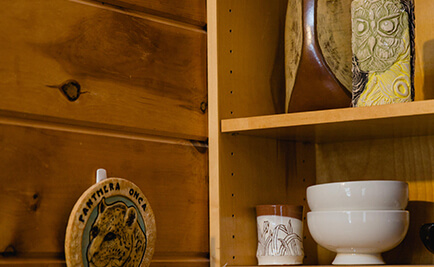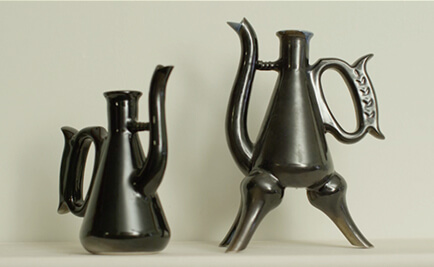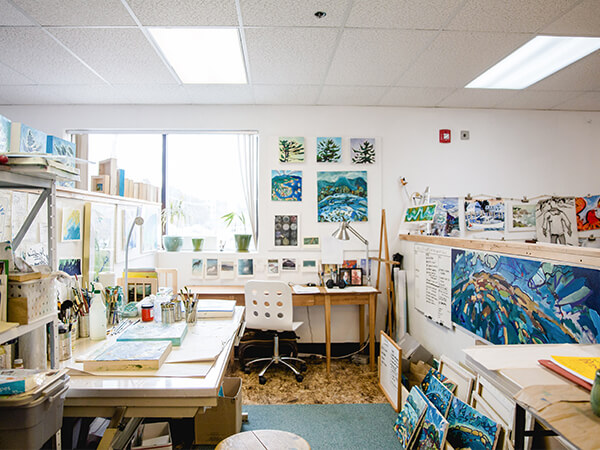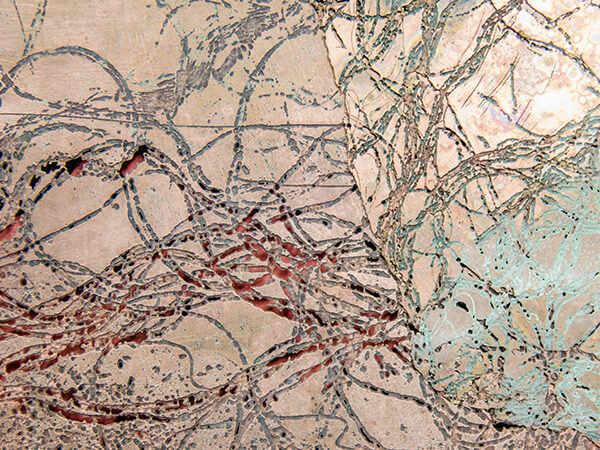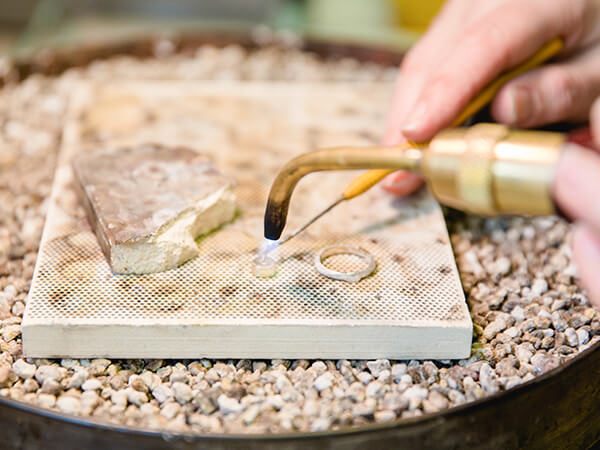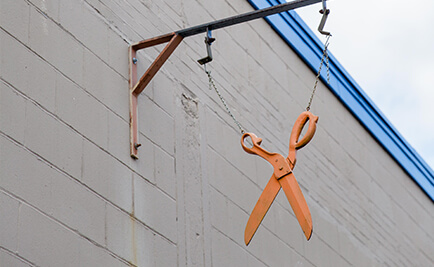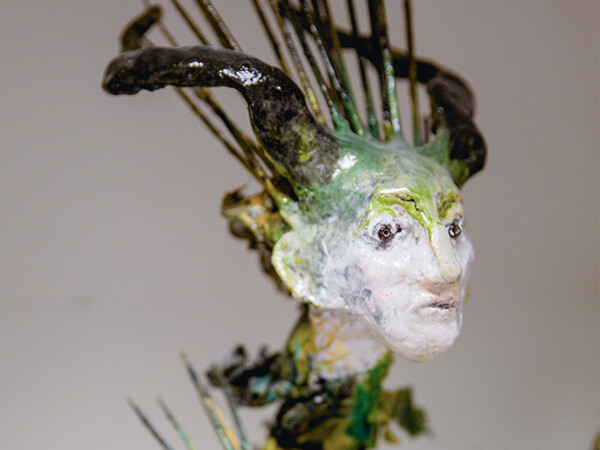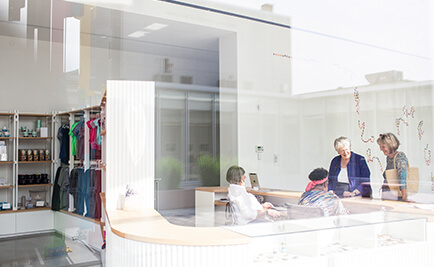
From Art Colonies to Creative Communities
Recalling his first visit to the fishing village of Ogunquit, Maine, in 1888, Massachusetts-born painter, Charles Woodbury, described the area as “nothing but a cluster of fishermen's dwellings.” He went on to say, “The only place to stay was the old Ogunquit House in the village. They told me it had been a great season. Four strangers had been there."
The local residents had no inkling that the fifth stranger to visit that year would create an art school that would not only increase the volume of visitors to Ogunquit but also influence the future of American art and art education. Charles Woodbury gave his enterprise the official name of The Ogunquit Summer School of Drawing and Painting. It would become known, colloquially, as The Ogunquit Art Colony. And, it would be the first of many art communities to follow, including legendary Monhegan Island, the Skowhegan School of Painting and Sculpture, and the Haystack Mountain School of Crafts.
How much of an influence would these communities have on the arts in America and beyond? Of Monhegan Island, Ed Deci, director of the Monhegan Museum has said, “All the major American artists were here at one time. You can actually study American art by studying Monhegan art.”
Some of the original places, such as Skowhegan and Haystack, remain active schools with world-renowned teachers and artists-in-residence. Others, including Ogunquit and Monhegan Island, have evolved from the art colony model into the wider framework of art communities. All have transcended their original spaces to influence generations of artists in America and the world.
"Becoming an artist is a risky thing to do; being one is much riskier. Skowhegan seems to foster an attitude of risk-taking of all kinds, and this may well be its lasting contribution."
Author, Art Critic
The inspiration and passion that created and empowered the original art colonies of Maine is as alive and vibrant today as ever. Let’s take a look at two of the successful art community entities in today’s Maine where the flames of inspiration continue to burn brightly. Beginning with a place that literally uses flames – big time – in the rendering of its unique and authentic creations.

"With ceramics there’s a sense of connection and community. So much of the process is communal, from the firings they have to do together, the understanding of glaze chemistry, and the sharing of ideas. It fosters this great dialogue among the artists."
Program and Marketing Coordinator, Watershed Center for the Ceramic Arts